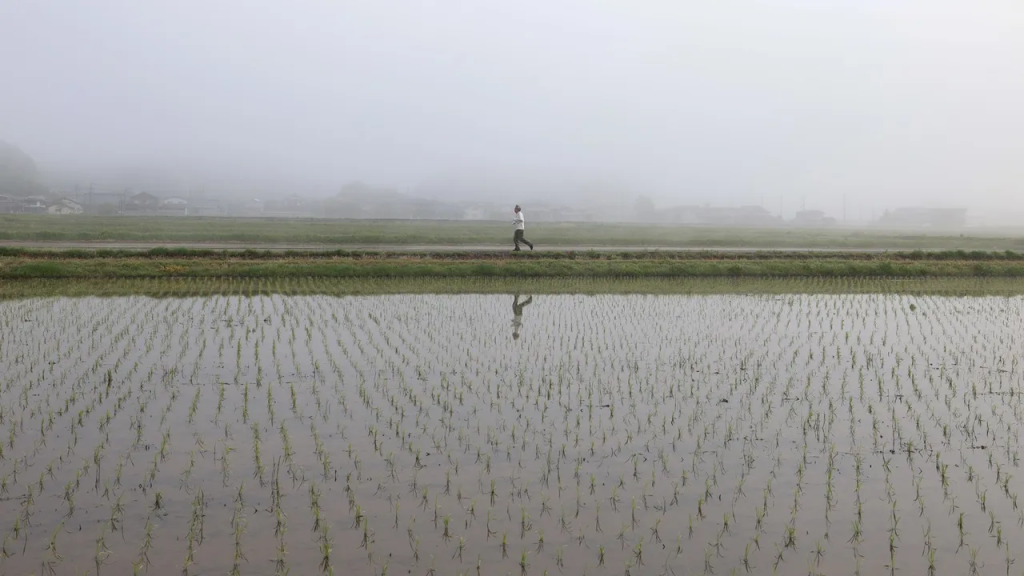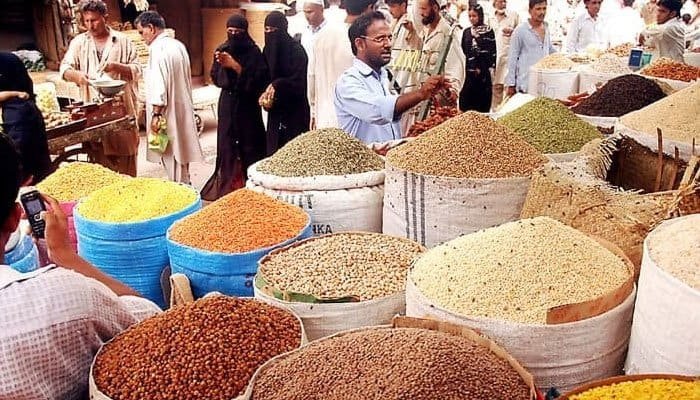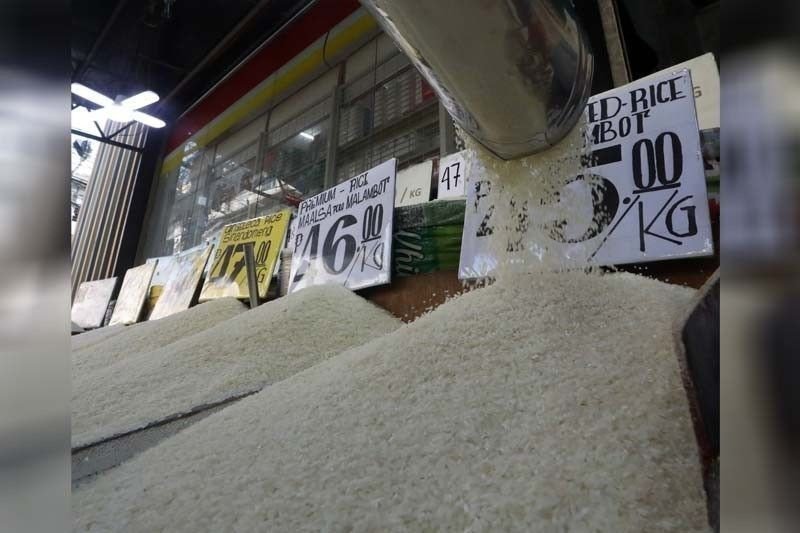Tags
Why rice is poised to survive better in a warming world
Why rice is poised to survive better in a warming world.
Bloomberg, Content provider

By Emma Court
In a warming world that’s already affecting farming yields, one crop may be better positioned than others.
New research looking at future production of six staple crops including wheat, soybeans and sorghum found that rice alone should have the smallest decline in global yields. The results present a sobering picture of how climate change may affect the global food system while also suggesting that there are actions farmers can take to offset some of the losses.
“Rice is more adaptable, so it’s more protected,” says Andy Hultgren, the lead author of the new Nature study and an assistant professor at the University of Illinois Urbana-Champaign. “It’s a combination of the characteristics of the crop and then the actions that farmers can take to take advantage.”
Extreme heat in particular can take a toll on crop yields, especially high daytime temperatures.
Nights will get warmer too, which is likely to adversely impact crops like corn. But it’s projected to also create conditions under which some rice varietals thrive more than the other crops, especially in the very wet climates in South and Southeast Asia where it’s typically grown.
Though some other studies have found that hotter nights can decrease rice yields, the effect depends on the rice varietal and how wet or dry local conditions are, Hultgren says. “In really wet conditions, higher minimum temperatures are helpful, particularly if it’s very wet and you’re in a relatively higher income portion of the global income distribution,” he says.
The study also projects that rising incomes in Asia will enable farmers to adapt, including by switching to better-performing rice varietals, another key factor in rice’s apparent advantage.
Rice yields worldwide are still projected to dip, but by only around 1% in a moderate emissions scenario by the end of the century, compared with a dent in yields that ranges from 6% for sorghum to as much as 14% for wheat and 22% for soybeans.
.png?width=700&auto=webp&quality=40&disable=upscale)
.png?width=700&auto=webp&quality=40&disable=upscale)
The study describes itself as the first to calculate how farmer adaptations interact with climate change to impact crop yields around the world. Researchers used detailed data on global crop yields and machine learning to examine how shifts in weather, adaptation measures like changing crop varietals and increasing irrigation, and economic factors shape productivity in different agricultural regions. They also incorporated assumptions about farmers’ ability to adapt based on country-specific economic development trajectories and examined how yields may vary depending on how much warming occurs.
In general, the study projects that adaptation can alleviate but not eliminate reduced crop yields. By 2050, for instance, worldwide yields are projected to decline by around 10% with no intervention under a high-emissions scenario. With adaptation and economic development, the dip is nearly 8%. Adaptation and economic development can make an even greater contribution to mitigating the impact of rising temperatures by 2098, bringing the decline in yields from 37% to 24%.
.png?width=700&auto=webp&quality=40&disable=upscale)
Some of the greatest crop productivity losses are projected to occur in important agricultural regions like the Midwestern US, with large corn and soybean production declines projected. Low-income households like those in Sub-Saharan Africa that rely on cassava as a subsistence crop are projected to also face significant yield losses.
“They’re basically saying our major crops are going to have a bigger negative effect from climate change than most people think,” at least in a high-warming scenario, says Timothy Searchinger, a senior research scholar at Princeton University and a senior fellow at the World Resources Institute. Crops then “become more expensive. That affects us in rich countries a little, it affects people in poor countries a lot, and it also causes more climate change because you have more agricultural land created.”
Searchinger describes the study as “very sophisticated” but notes that the approach has limitations, including that it might not account enough for the impact of extreme flooding or droughts — conditions that are generally difficult for climate models to predict but have a major impact on agriculture.
“One thing we are confident about in the future is that dry periods will be drier and wet periods will be wetter,” he says. “That’s not good for agriculture.”
The world is likely tracking above the moderate-emissions scenario the researchers used, while the high-emissions scenario reflects an increasingly unlikely outcome. Comparing the two, Hultgren says, “give us a sense of the range of future outcomes” to consider.
The projections also only reflect current technologies, and can’t predict what future developments might occur. “One of the ways to look at our projections,” says Hultgren, “is a motivation for the scale of innovation that needs to happen in order to enable farmers to keep growing the things that they’re accustomed to growing in the places that they’re accustomed to growing them.”
https://www.farmprogress.com/farm-business/why-rice-is-poised-to-survive-better-in-a-warming-worldPublished Date: June 18, 2025






